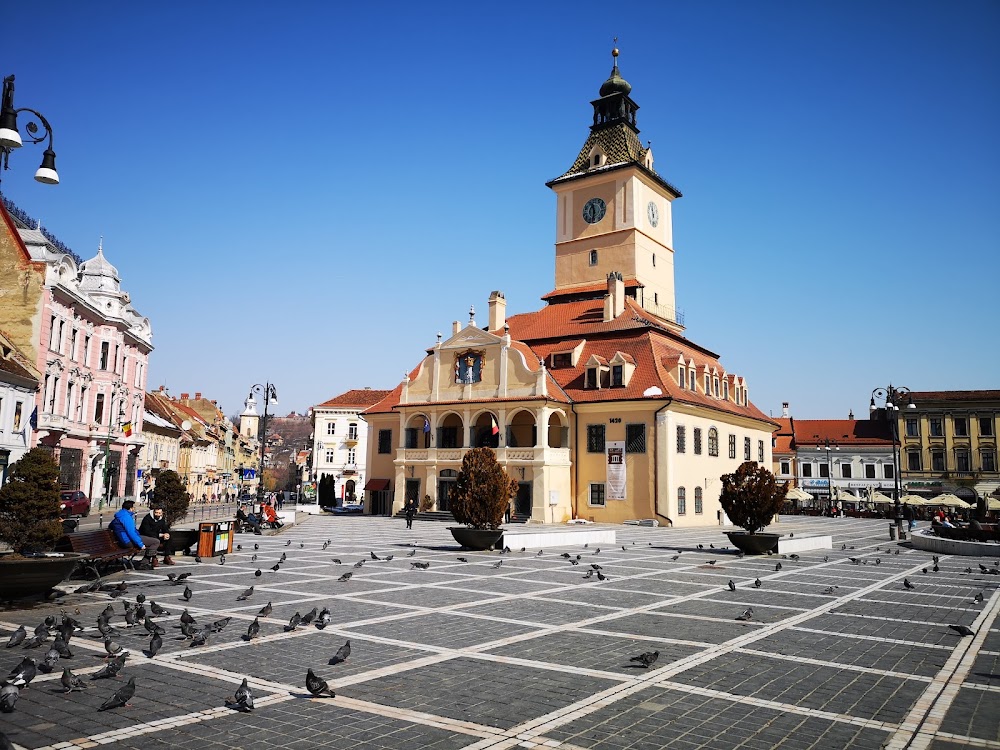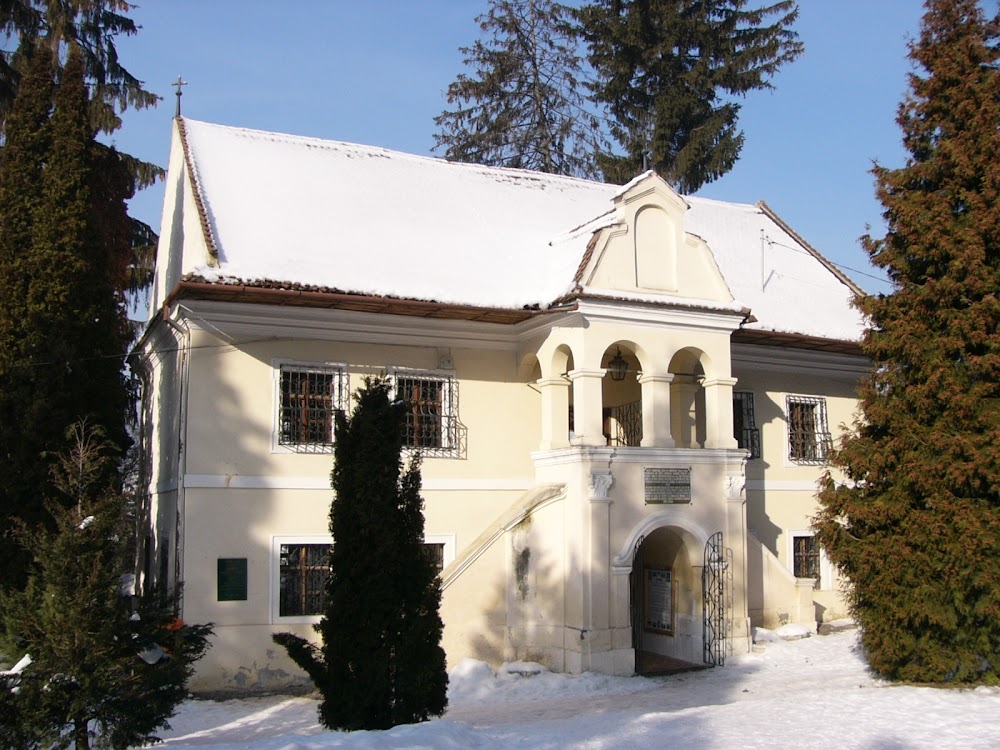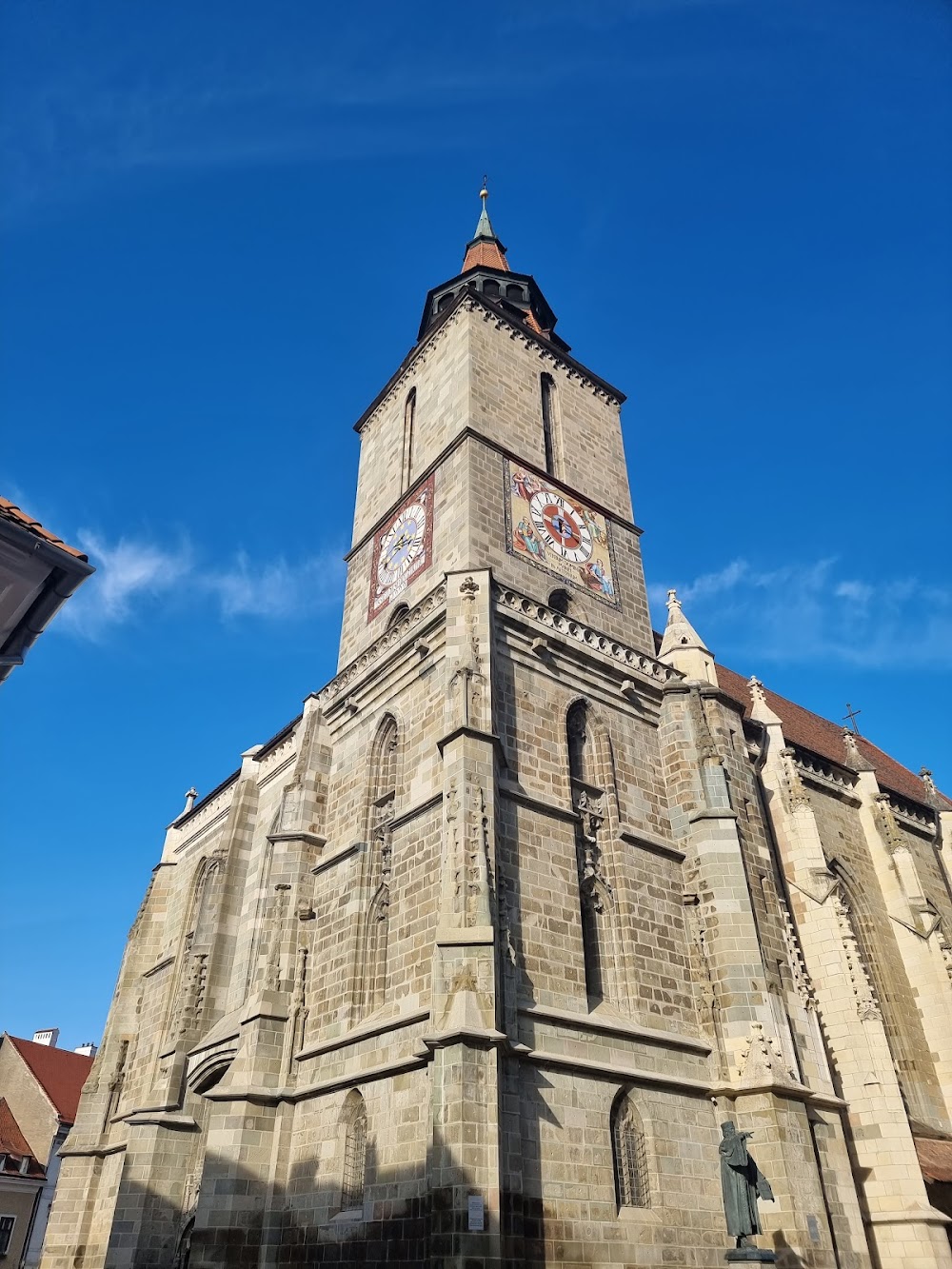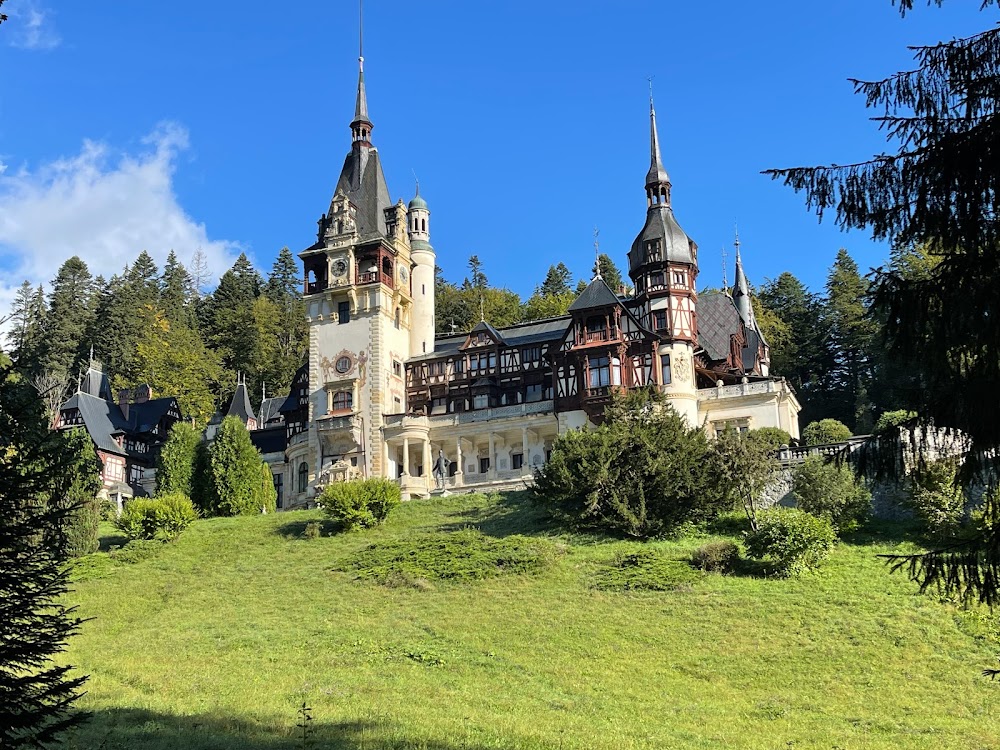Fortified Church of Prejmer (Biserica fortificată din Prejmer)
Overview
The Fortified Church of Prejmer is a stunning historical monument nestled in Brașov County, Romania. Renowned as one of the largest and best-preserved fortified churches in Eastern Europe, it offers a fascinating glimpse into the region's medieval past. Its history dates back to the 13th century, when the Teutonic Knights began construction around 1212-1213, setting the stage for a remarkable architectural journey.
Constructed in a Gothic architectural style, the church was designed to fulfill both religious and defensive purposes. Initially, the structure was quite simple, but over the centuries, it underwent significant transformations to enhance its protective capabilities against invading forces. By the 15th century, substantial fortifications were added, providing vital security for local residents facing frequent Ottoman incursions.
One of the most impressive features of the Fortified Church of Prejmer is its circular defensive wall. This formidable structure rises to 12 meters in height and measures 3-4 meters in thickness, encircling the church and forming a robust barrier against attackers. The wall is equipped with numerous bastions and defensive elements, meticulously designed to repel invaders. Additionally, it houses residential quarters, small chambers, and storage areas, ensuring that villagers had shelter and supplies during sieges.
Within the fortified walls, the church takes center stage, showcasing its striking Gothic architecture. The interior is relatively modest, reflecting the austere character of medieval ecclesiastical design. Visitors can admire the well-preserved altar, pews, and religious artifacts, providing a window into the spiritual life of the era.
A captivating aspect of the church's design is its ingenious tunnel system, which allowed defenders to navigate between different sections of the fortifications without exposing themselves to enemy fire. This network of tunnels and secret passages not only enhanced defense but also facilitated communication among the defenders, showcasing the strategic thinking of the time.
During peaceful periods, the fortified church served as a place of worship and community gathering. However, when danger approached, the entire village would seek refuge within its protective walls. The complex was designed to be self-sustaining during sieges, with hidden chambers for provisions and wells to supply water.
The architectural brilliance and historical significance of the Fortified Church of Prejmer earned it a spot on the UNESCO World Heritage list in 1999. This prestigious designation highlights its cultural value and attracts visitors from around the globe, eager to admire its unique blend of religious and military architecture.
Restoration efforts over the years have ensured that both the church and its fortifications remain in excellent condition. Today, visitors can explore the winding staircases, narrow passageways, and defensive towers, gaining insights into the medieval strategies that protected the community. Informative exhibits and guided tours enhance the experience, providing a deeper understanding of the church's history, construction techniques, and the daily lives of those who once sought sanctuary within its stronghold.
In summary, the Fortified Church of Prejmer stands as a powerful testament to the resilience and resourcefulness of medieval communities. Its well-preserved state offers an enchanting journey back in time, allowing visitors to immerse themselves in the rich history and architectural wonders of this extraordinary site.







